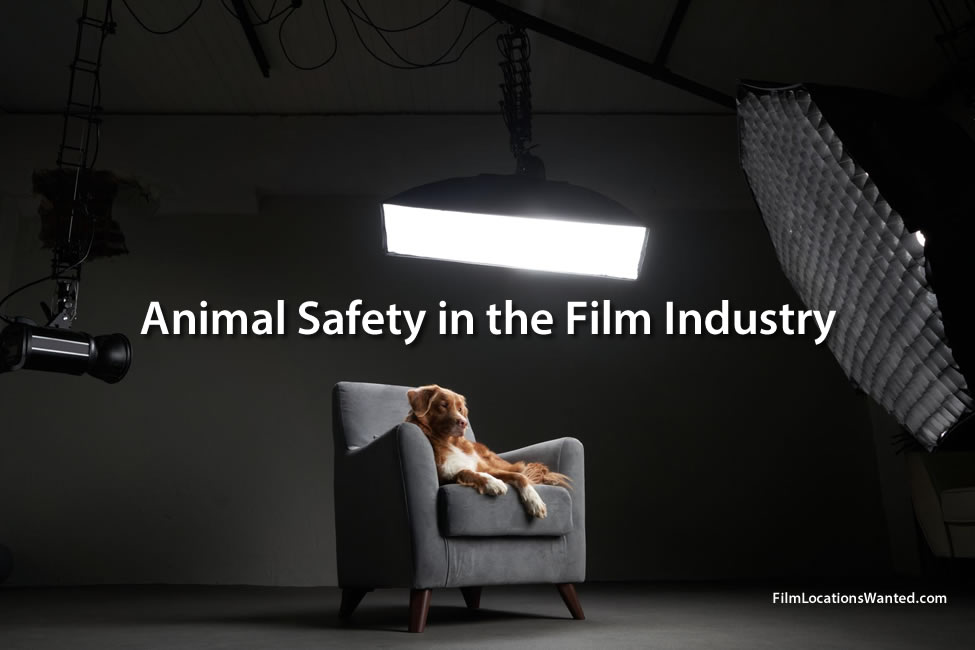Animal Safety in the Film Industry
Despite the patience required, many film and television directors choose to work with animals on set. Their cuteness and ability to touch the heartstrings of an audience make animals the perfect casting choice for many parts!
Working with animals in the film industry doesn’t come without its complications. As might be expected, there are stringent rules and regulations that must be followed in order to deliver an ethical and stress-free experience for any animal actors.
American Humane is one key organization that has closely followed the treatment of animals in the film industry since 1940. It is responsible for awarding the ‘No Animals Were Harmed…’ certification that appears at the end of movies featuring animals. Only productions that meet American Humane’s detailed standard of care can make the cut.
With over 1,000 productions certified every year, American Humane has analyzed recent movies such as Black Widow and Space Jam: A New Legacy.
How did American Humane emerge?
Now internationally recognized as the industry’s leader in animal welfare, it was back in 1939 when the organization first started coming together. During filming of the classic Western, Jesse James, a horse was intentionally put in harm’s way and sadly died. Many other animals suffered similar fates if a movie script called for it.
Movie fans were becoming outraged by the treatment of animals on set, which led to the 1940 setup of American Humane’s ‘No Animals Were Harmed’ certification as a response to this issue.
The program has recently celebrated its 80th anniversary and protects over 100,000 animals used in movie and television production every year.
Guidelines for animal safety on set
American Humane has published its production guidelines for many species of animal, as well as general guidelines for managing stunts, costumes, makeup and more.
Here are just a few of the guidelines that American Humane enforces when working with animals on set:
- If mice are being filmed, the crew must maintain absolute silence to avoid scaring the animals.
- Animals need to be trained and well-prepared to perform their roles. They will undergo fitness tests to ensure they are in the right physical state.
- Avoid filming in intense heat or cold, and provide shelter or shade for animals as needed.
- Animals should never be left unattended or unsecure in a way that could cause them distress.
- Absolutely no drugs or sedatives should be issued to an animal to prepare them for filming.
There are plenty more guidelines to be analyzed before shooting a production with animals, but these are a selection which demonstrate the rigorous requirements of American Humane.
Since the inception of American Humane’s animal safety certification, the vast majority of directors and filmmakers have been happy to oblige with animal safety guidelines. More often than not, you will continue to read ‘No Animals Were Harmed’ during the credits of new movies.
Jack Vale is a writer from Happy Writers, Co. in partnership with dog back brace distributor, Walkin’ Pets.




